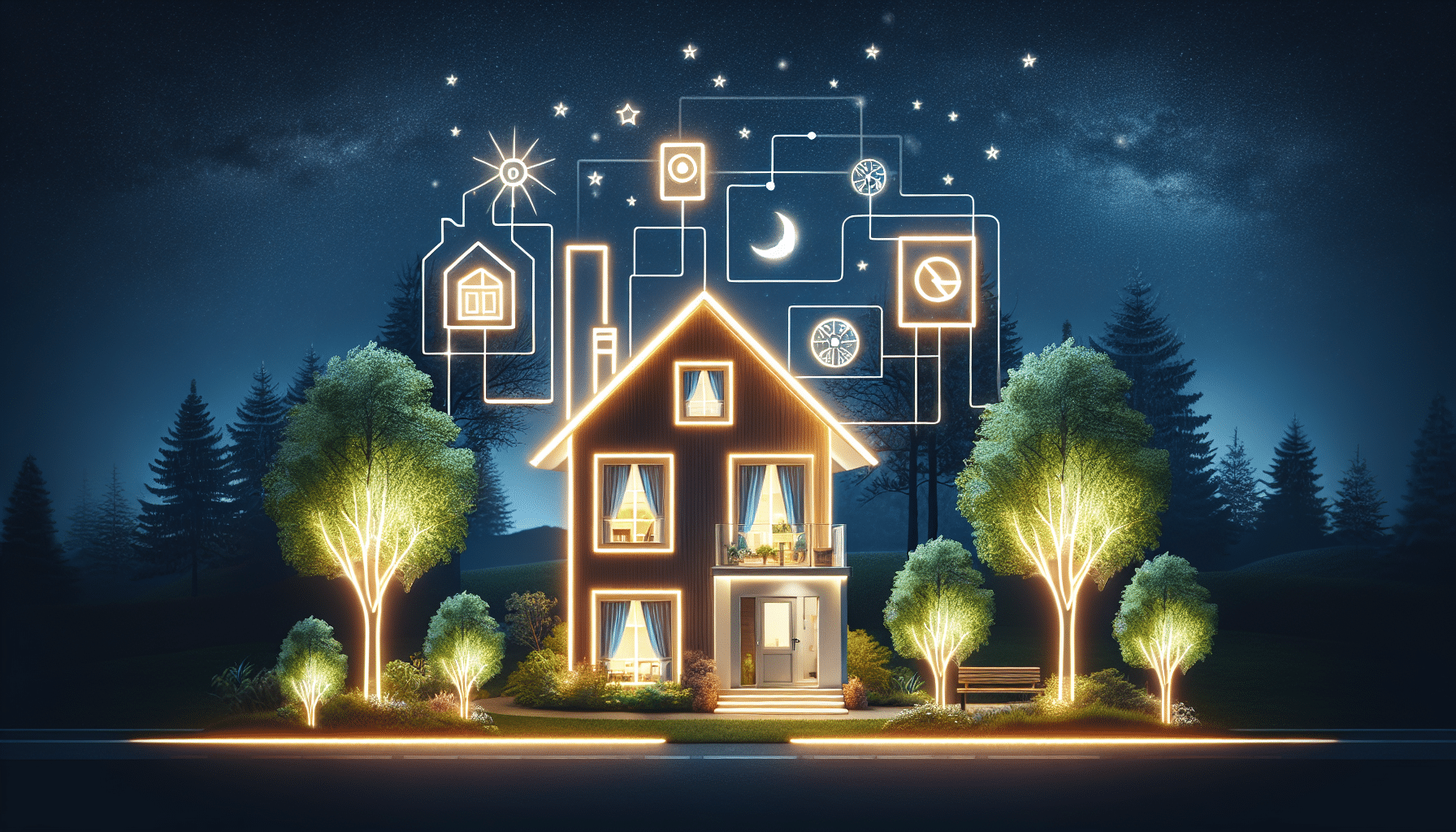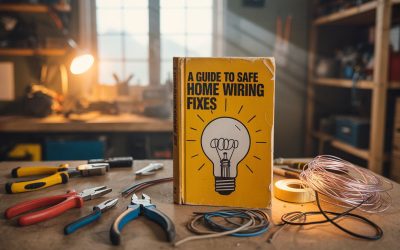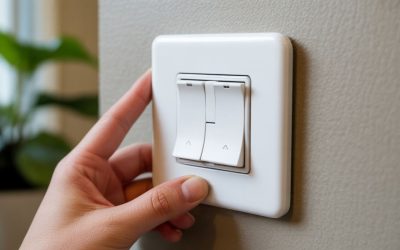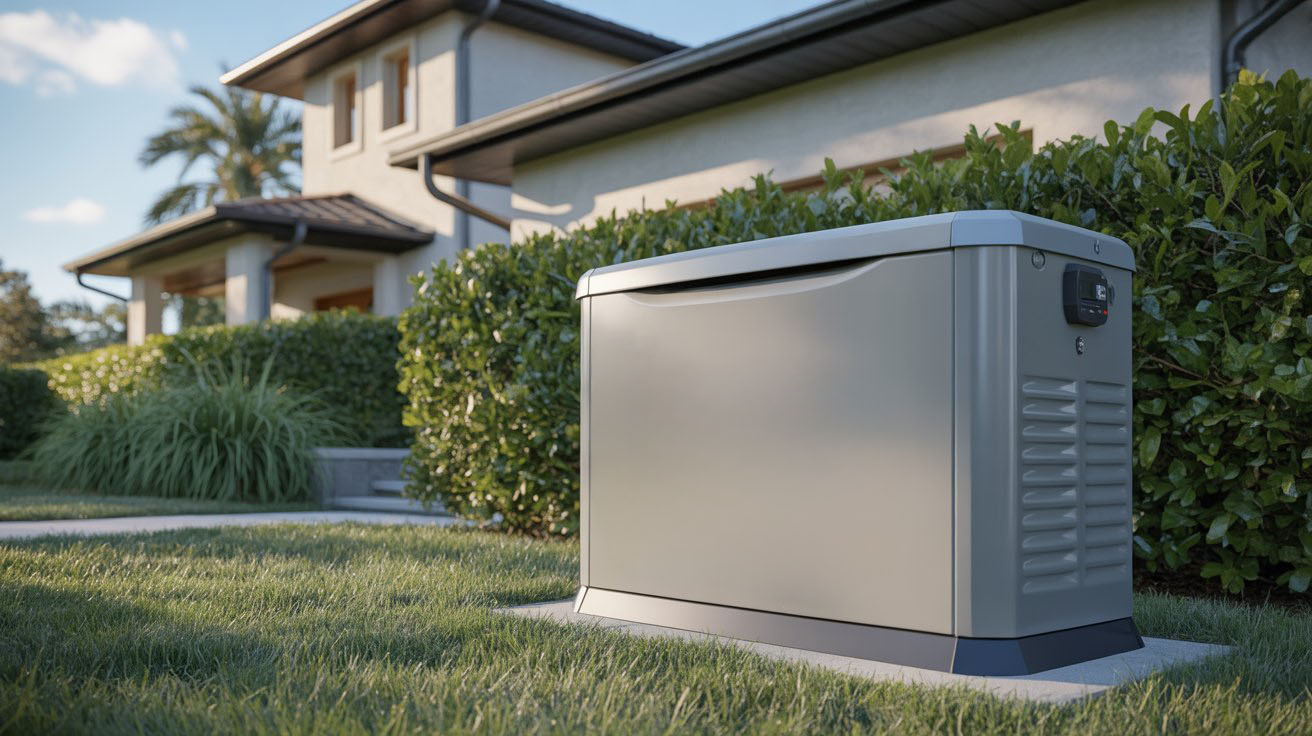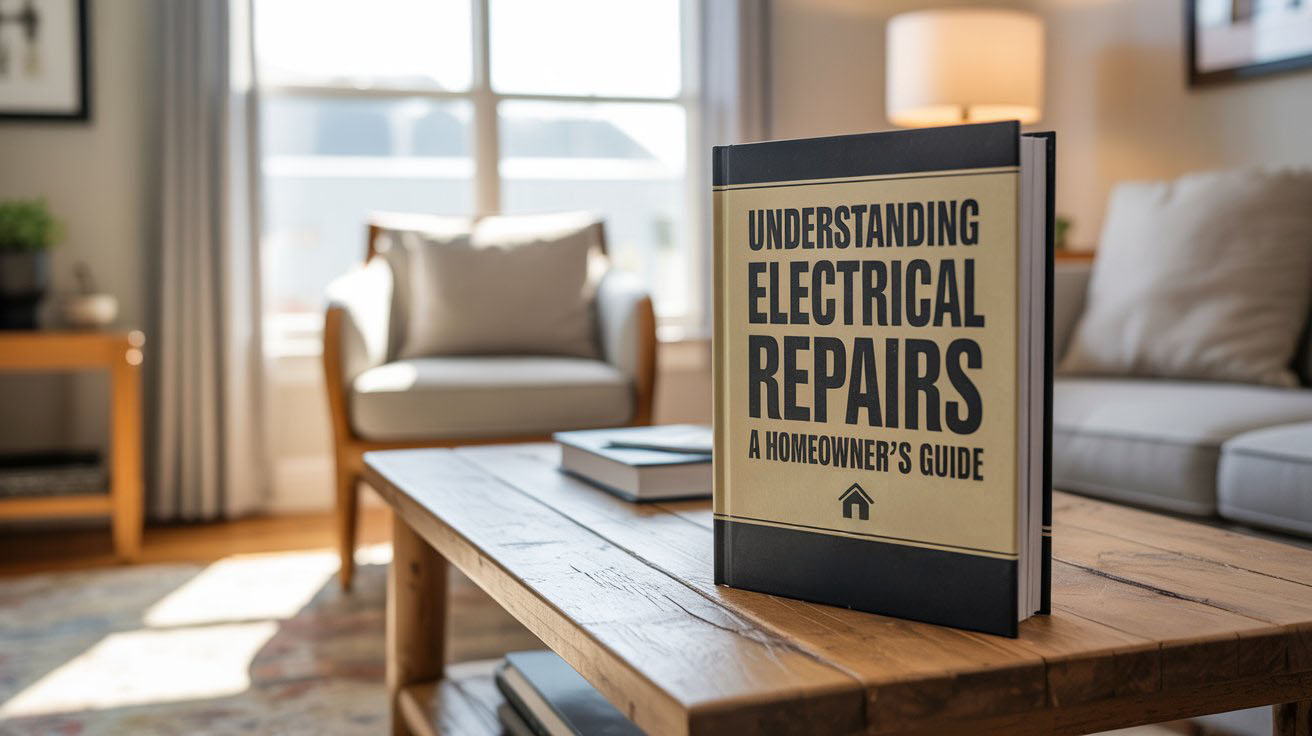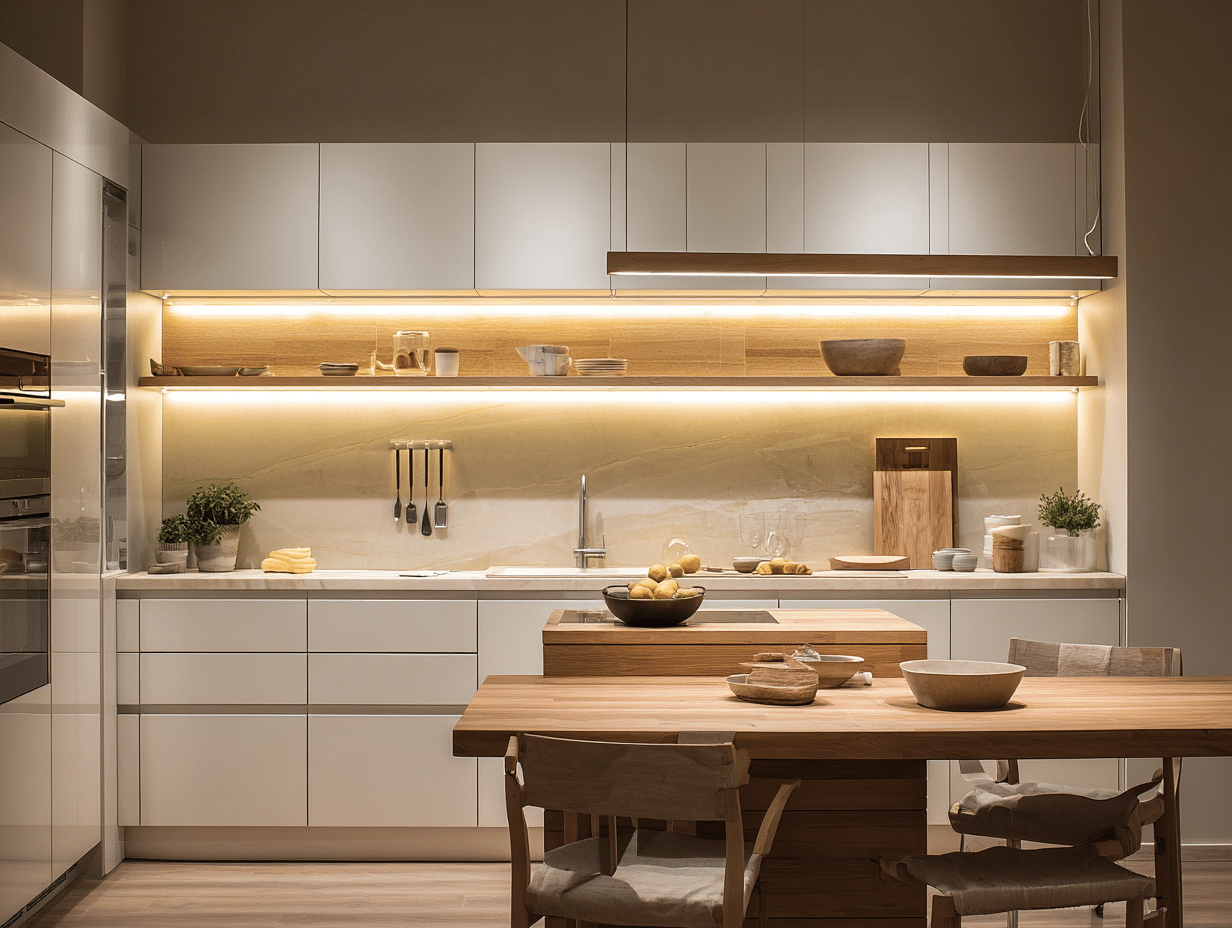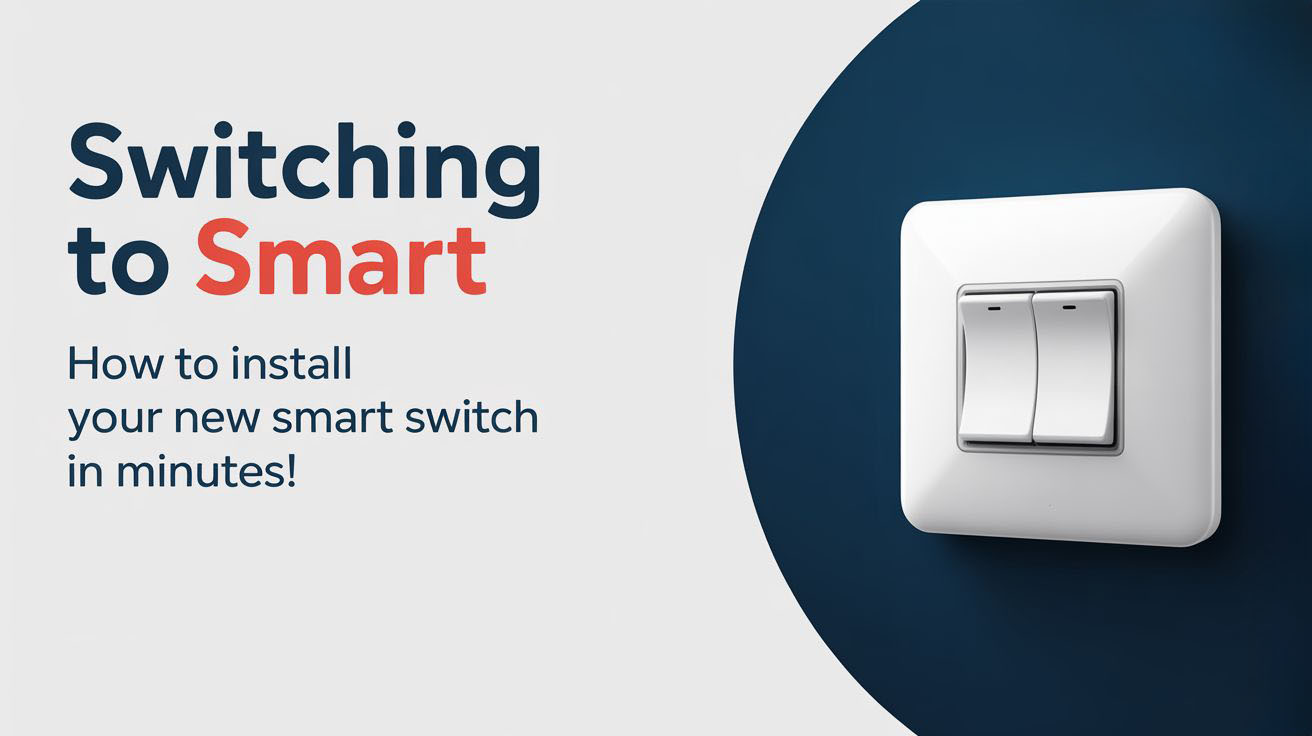Are you looking to save on your energy bills while also improving the quality of light in your home? LED lighting is an excellent option that many homeowners are turning to. This article explores the benefits of LED lighting and why it’s the smart choice for your home.
Table of Contents
- Advantages of LED Lighting
- Cost Savings
- Environmental Impact
- Installation and Maintenance
- Key Takeaways
- FAQ
- Schedule Your Electrical Service Today
Advantages of LED Lighting
LED lights, or Light Emitting Diodes, offer numerous advantages over traditional incandescent and fluorescent bulbs. First and foremost, they produce brighter light while consuming less power. This means better illumination in your living spaces and lower electricity bills.
LEDs are also praised for their longevity. While traditional bulbs may burn out after a few months, LEDs can last up to 25 times longer. This not only reduces the frequency of replacements but also makes them a more cost-effective option in the long run.
Moreover, LED lights come in various colors and styles, making them suitable for different moods and activities. Whether you’re reading a book or hosting a party, there’s an LED option to fit your needs.
Cost Savings
The cost savings associated with LED lighting can be significant. Although the initial purchase price of LED bulbs may be higher than traditional bulbs, the long-term savings will far outweigh the upfront cost. Here are a few ways LED lighting can save you money:
- Lower Energy Bills: LEDs use about 75% less energy than incandescent bulbs, leading to reduced energy bills.
- Reduced Replacement Costs: With a longer lifespan, homeowners will spend less on buying replacement bulbs.
- Energy Incentives: Many utility companies offer rebates for switching to LED lighting, further reducing the overall cost.
By switching to LEDs, not only can you enhance your living space, but you can also improve your financial health.
Environmental Impact
Using LED lighting is not just a financial decision; it’s an environmentally friendly choice as well. LEDs produce less heat and have a much lower carbon footprint compared to traditional bulbs.
Here are some key points regarding the environmental benefits of LED lighting:
- Less Energy Consumption: Using less electricity helps in reducing fossil fuel use, lowering greenhouse gas emissions.
- Lower Waste: The longer lifespan of LEDs means fewer bulbs are sent to landfills each year.
- Safe Materials: LEDs do not contain harmful chemicals like mercury, which is found in fluorescent bulbs.
By choosing LED lighting, you are making a positive impact on the planet while enjoying quality lighting in your home.
Installation and Maintenance
Though installing LED lights can seem daunting, it is generally straightforward and can often be done by homeowners themselves. Here are some steps to keep in mind:
- Choose the Right Bulb: Ensure that you are selecting bulbs that fit your existing fixtures.
- Follow Instructions: Most LED bulbs come with clear instructions. Following these can make installation easier.
Maintenance is also simple. Unlike traditional bulbs that may require frequent changing, LEDs can last for years. However, if you encounter any issues, it’s always wise to consult with a qualified electrician.
Key Takeaways
– LED lighting provides brighter light while consuming less energy.
– There are significant long-term cost savings associated with switching to LED lights.
– LEDs have a lower environmental impact due to their less energy consumption and reduced waste.
– Installation is often straightforward, and maintenance is minimal.
FAQ
What is the lifespan of an LED bulb?
LED bulbs can last up to 25,000 hours or more, depending on usage.
Are LED lights more expensive than traditional lights?
Yes, LED lights typically have a higher initial cost, but they save money in the long run through lower energy bills and fewer replacements.
Can I use LED bulbs in any fixture?
Most fixtures are compatible, but it’s essential to verify that the bulb fits and is designed for dimming features, if applicable.
Do LED bulbs emit heat?
LED bulbs emit very little heat compared to incandescent bulbs, making them safer to use and more energy-efficient.
Do I need a special dimmer switch for LEDs?
Some LED bulbs are compatible with standard dimmer switches, but it’s advisable to use dimmers designed for LEDs to get the best performance.
Schedule Your Electrical Service Today
Now is the perfect time to make the switch to LED lighting. Not only will you enjoy the benefits of enhanced lighting and lower bills, but you will also contribute to a healthier planet. If you need assistance with choosing or installing LED lighting in your home, contact us to schedule your electrical service today.

